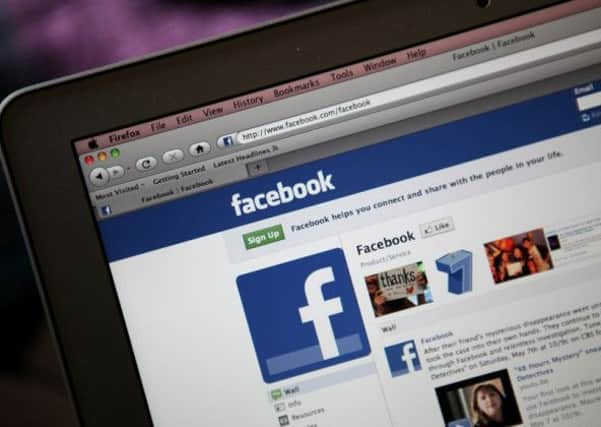Scientists explore why some social media posts go viral


Scientists have come up with the first ever mathematical model to explain why things go viral on social media - and have looked at how infectious diseases spread to reach their conclusions.
The team from Aberdeen University analysed the spread of social media posts and for the first time developed a model which includes the impact of friends and acquaintances in the sudden spread of new ideas.
Advertisement
Hide AdAdvertisement
Hide AdDr Francisco Perez-Reche, from the university’s school of natural and computing sciences, said: “Mathematical models proposed in the past typically neglected the synergistic effects of acquaintances and were unable to explain explosive contagion, but we show that these effects are ultimately responsible for whether something catches on quickly.”
Dr Perez-Reche has worked with scientists from the University of Cambridge, Zaragoza and Nacional de Colombia on the study with its findings now published in Nature Scientific Reports.
He suggested that the reluctance to accept a new idea was essentially swayed as it gathered more and more support.
Dr Perez-Reche said: “In very basic terms our model shows that people’s opposition to accept a new idea acts as a barrier to large contagion, until the transmission of the phenomenon becomes strong enough to overcome that reluctance – at this point, explosive contagion happens.”
He added: “We often witness social phenomena that become accepted by many people overnight, especially now in the age of social media,” he said.
“This is especially relevant to social contexts in which individuals initially hesitate to join a collective movement, for example a strike, because they fear becoming part of a minority that could be punished. But it also applies to new ideas or products.”
The research acknowledges the important role that social media can play in this process, making explosive contagion more apparent in our everyday lives than ever before.
However, it is the intrinsic value of the idea or product, and whether friends and acquaintances adopt it or not, that remains the crucial factor.
Advertisement
Hide AdAdvertisement
Hide AdDr Perez-Reche added that the model could potentially be used to address social issues, or by companies to give their product the edge over rivals.
“Our conclusions rely on numerical simulations and analytical calculations for a variety of contagion models, and we anticipate that the new understanding provided by our study will have important implications in real social scenarios,” he explained.
“For instance, it could lead to better strategies to minimise the risk of sudden and often unexpected epidemics of undesired social behaviour. Similarly, it will suggest methods to engineer explosive diffusion of innovative products and ideas.”
